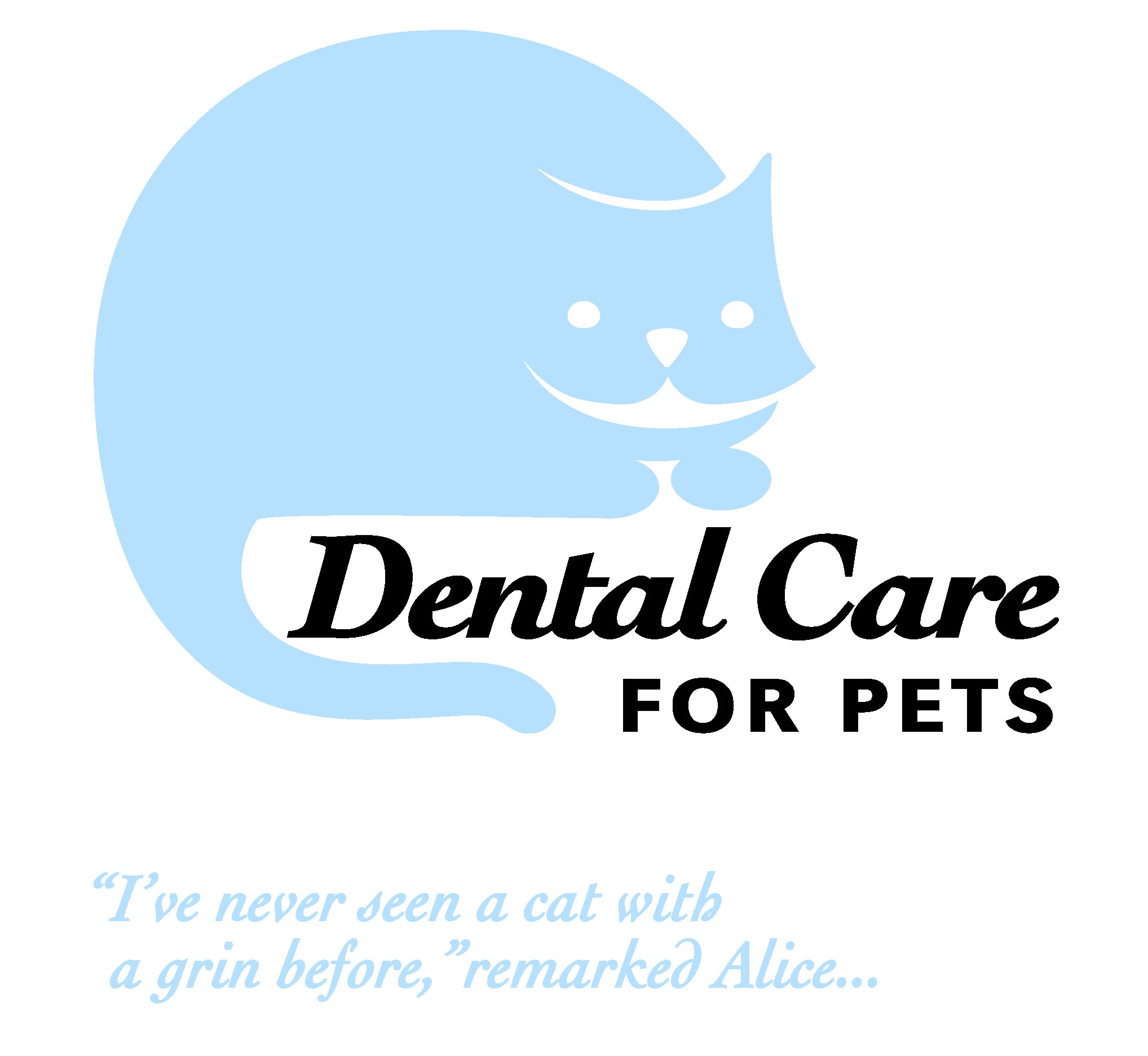We provide orthodontic care for pets. Braces and plates are orthodontic appliances used to reposition teeth that are improperly aligned and resulting in trauma to the mouth or face. The initial oral examination involves a bite evaluation. If the bite isn’t correct, consideration is focused on whether the bite is functional and comfortable.
When the occlusion causes trauma, the consequences may be substantial. Teeth striking each other or the soft tissues may result in tooth fracture and pulp exposure, tooth inflammation (pulpitis), periodontal (gum) inflammation, pain and death of the tooth. Trauma related malocclusions can also contribute to the development of periodontal disease. Malocclusions should be evaluated carefully to ensure pets have comfortable, functional bites and to avoid serious consequences from the development of periodontal disease and the spread of bacteria to other parts of the body.
Braces are not appropriate for all faces! It’s not a beauty contest!
Orthodontic care is an advanced veterinary dental discipline involving many years of study. The fundamental principles and orthodontic techniques are complicated by the variety of facial shapes in veterinary patients. Think about the variety of cat and dog breeds. Many breeds have long narrow noses (Borzoi or Saluki), others shorter wide faces (Boxer or Bassett), mid length noses (German Shepherd) and very short noses (Himalayan, Pug). Clinical experience is mandatory to manage orthodontic cases for the veterinary patient. The best orthodontist is a College boarded veterinary dental specialist, such as Dr David Clarke. Without this, orthodontic treatment quickly goes from happy to a disaster. The veterinarian and client relationship is critical to a successful outcome!
Ethical considerations are very important to Dr. Clarke and his dental team at Dental Care for Pets! Altering the appearance of an animal for deception in the show-ring is never appropriate. Altering the occlusion to provide a comfortable and functional bite is appropriate but not always a simple procedure and at times not practical or even possible to perform. The benefits from orthodontic treatment can be tremendous for the pet.
Consideration of the pets’ temperament is very critical in the determination of whether braces or an appliance are appropriate. The pet must tolerate the orthodontic appliance? The pet must not be an aggressive chewer. Sometimes tooth extraction is best for the pet? The owner’s expectations, commitment and time limitations are important factors in determining if braces are appropriate for a pet. Orthodontic care requires frequent re-visits, so the owner must have the time for multiple visits. It is important for the owner to clearly understand the procedural risks associated with orthodontic care, to establish realistic expectations and to discuss the prognosis. We provide an initial orthodontic consultation at the dental clinic to perform an occlusal evaluation and to discuss concerns and to help with treatment planning.
Complicated orthodontic procedures may be unrealistic when simple dental extractions can provide a functional and comfortable occlusion.
